Last Updated on May 16, 2025 by teamobn
Plants exact a fee from the soil’ structure and make-up. They consume nutrients as they grow. Eventually, after a few years, even the best of soils will begin to break down. When years of gardening – or plain neglect – exhausts a soil’s nutrients, it loses the vitality required to support life.
Spent soil will produce successively lower, frailer crop yields. The most visible indicator of this change is the increasingly stubborn presence of weeds. Weeds are nature’s repair crew.
When soil is depleted, dandelions move in to help break up compacted soil with their roots. Clover, hairy vetch, and black medic will invade a dying vegetable patch to add healthy, slow-release nitrogen to the soil. Read our guide below on compacted soil restoration to bring life back to your garden.
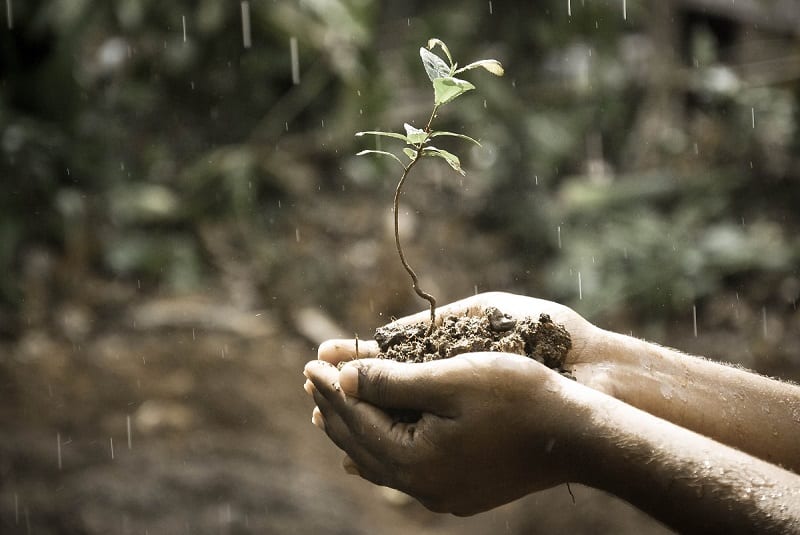
Compacted Soil Restoration Process
Contents
You can help the soil restoration process, as well. But you should not expect results right away. We’re not talking about heaping on generous amounts of synthetic fertilizers. Those are temporary fixes. Even worse, they will leave your soil weaker, more unstable, and full of excess salts and chemicals.
Nature doesn’t like big changes. That’s why many of the expensive, synthetic quick fixes in gardening are unsustainable. The smart, slow, sustainable way to restore soil fertility will actually save you money!
Clear the area.
The
first job is to cut brush and unwanted plants back to the fence line. Do this
before any unwanted plants get the soil acclimated for the cycle to follow.
Each plant is part of that cycle and prepares the soil for the next stage. Catching
it before the soil is significantly altered already wins you half the battle.

Start a compost pile.
Instead
of sending grass clippings and leaves to the landfill, use them to build a
compost pile. You can add compostable material such as kitchen scraps and old
newspapers to the pile as you go. If you don’t like turning compost, just heap it
in an out-of-the-way corner and let it sit until the following year.
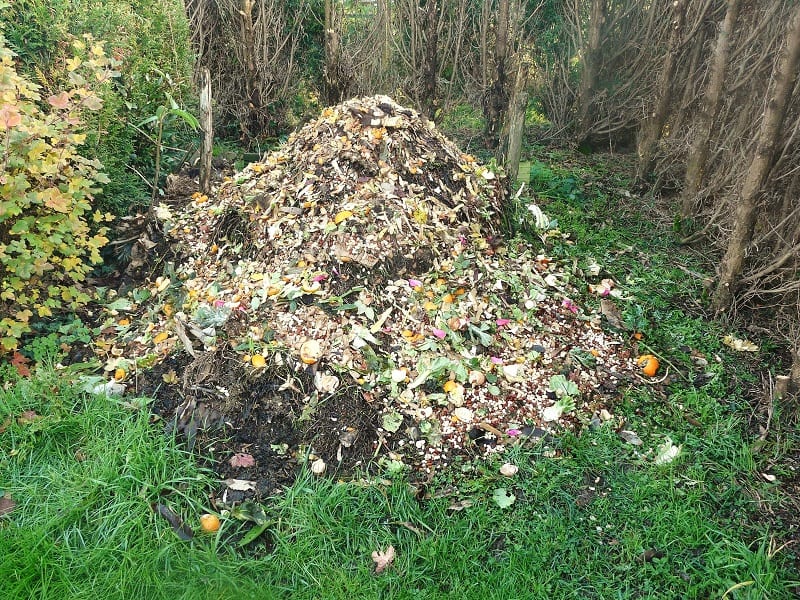
Aerate the soil.
Plants breathe. They draw almost all of their oxygen requirements through their roots. That’s part of the reason why you need well-aerated soil to grow a healthy crop. Aeration also helps break up compacted material in soil, allowing oxygen and water into its structure. This encourages bacteria, worms, and decomposition.
You can aerate the soil with a powered-aerator, a manual hand aerator, or with a simple, no-frills digging fork. If you are working with clay, you should aerate the soil twice a year.

Plant cover crops.
Once
you’ve cleared the ground, built your compost pile, and aerated the soil, you
can begin planting cover crops. Cover crops – or “green manure” – are crops grown
specifically to be turned back into the soil. Their primary purpose is to
replenish valuable nutrients and organic matter.
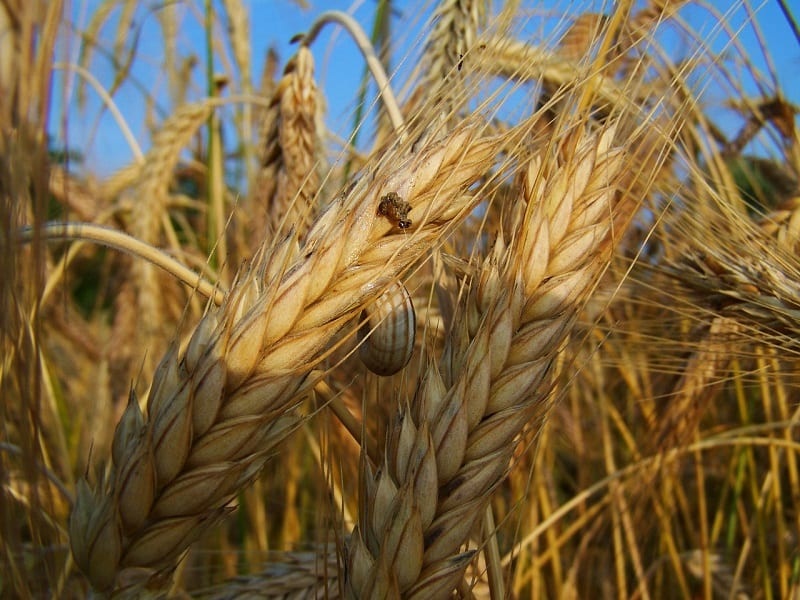
Rye and hairy vetch are popular green manure crops. When cover crops are young, vibrant, and bright green, they are at their absolute height of nutritional value.
Others that enrich the soil include cowpeas, mustard, oats, alfalfa, clover, winter peas, and timothy. The legumes return nitrogen to the soil along with organic material. They are an excellent choice for long-term soil development.
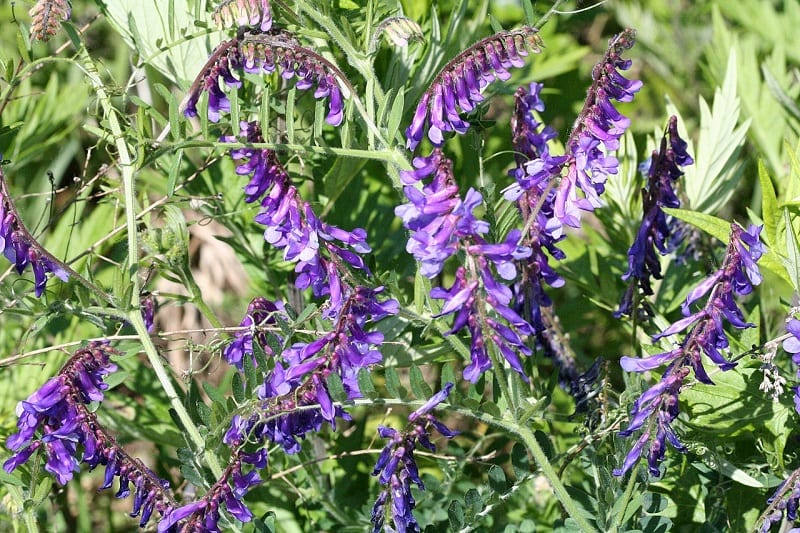
Winter rye is good to plant in the fall. You should turn a crop winter of rye over three weeks before spring planting. White clover is good for bees if you let it flower before turning. Alfalfa is expensive but its deep roots will do wonders for your soil.
An Essential Practice
That’s all you can do for the first year. Depending on the level of nutritive depletion, you may have repeat the soil restoration process for a couple of years. You can turn solid clay or sand into a flourishing, sustainable garden if you have the patience and are willing to do the work.
Soil restoration is an essential practice on every scale – from sprawling commercial farms to the backyard garden. Cover crops – green manure – simply work for that purpose. They have kept soils healthy and alive for farmers and gardeners for thousands of years. They help your plants thrive – and they are 100 percent natural.
That’s important. Because – no matter how perfectly it rains, or how much sunshine your garden gets – your garden can only grow as good as the soil that nourishes them.
How Compacted Soil Develops Over Time
Understanding how compacted soil forms is the first step toward restoring it. Soil doesn’t lose its structure overnight. It degrades gradually due to several overlapping causes, many of which are tied to how we use and treat the land.
Heavy Foot Traffic and Machinery
One of the leading causes of soil compaction is repeated pressure. Lawnmowers, tractors, and even regular foot traffic can press the soil particles together. Over time, this squeezes out the air pockets that healthy soil needs. Without these spaces, water struggles to penetrate, and plant roots can’t grow freely. Areas like garden paths, lawns, and growing beds often show signs of this damage first.
Tilling and Overworking the Soil
Tilling might seem like a good idea, especially in traditional gardening. But excessive or repeated tilling can actually do more harm than good. It breaks up the soil structure and destroys the natural networks formed by fungi and roots.
With no organic framework left to hold it together, the soil collapses into a dense, compacted layer. Compacted soil restoration often begins by reducing or eliminating tillage entirely.
Lack of Organic Matter
Organic matter acts like a cushion inside the soil. It creates structure, holds moisture, and encourages worms and microbes to move around. When soil lacks compost, mulch, or decaying roots, it dries out and hardens.
Rainwater then washes away fine particles, which settle and further block air and moisture from entering. Restoring this kind of damage requires consistent effort and good organic inputs.
Weather and Watering Habits
Natural factors like rainfall also play a role. Heavy rains on bare soil cause crusting and compaction on the surface. At the same time, poorly timed or infrequent watering can cause the upper layers to dry out and harden.
This makes it harder for future water or nutrients to get through. Regular mulching helps, but compacted soil restoration may still be necessary if this cycle continues for too long.
Compacted soil doesn’t happen in one season. It builds up gradually through pressure, neglect, and a lack of living inputs. Once you understand how it forms, you’ll know how to reverse the damage. Compacted soil restoration isn’t about breaking ground aggressively. It’s about working with nature to rebuild structure, air flow, and life beneath the surface.
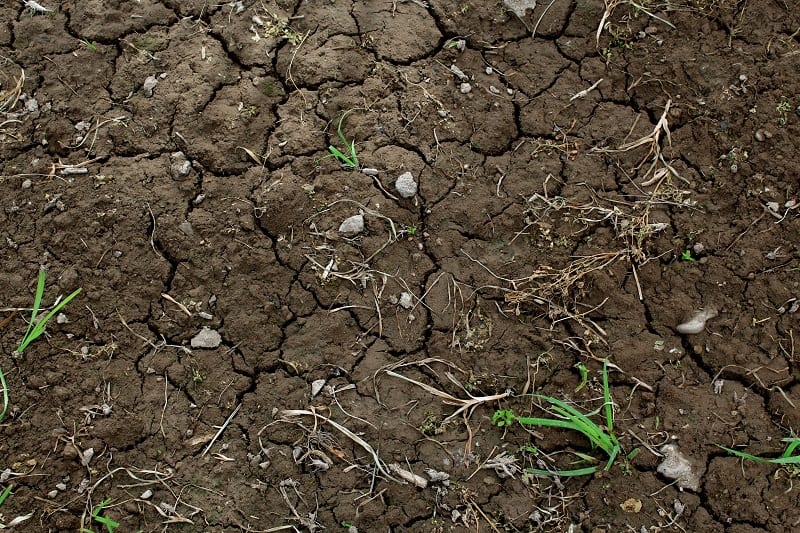
The Science Behind Compacted Soil Restoration
To fix compacted soil effectively, it helps to understand what’s happening beneath the surface. Compacted soil restoration isn’t just about loosening dirt. It’s about repairing the biology, chemistry, and physical structure that make soil capable of supporting plant life.
Loss of Pore Space
Healthy soil contains a balance of solid particles, air, and water. Compacted soil disrupts this balance. When pressure collapses soil particles together, it eliminates the tiny pockets of air that roots, fungi, and microbes rely on. Less air means lower oxygen levels, which directly affects root respiration.
Without enough oxygen, plant roots can’t absorb nutrients properly, and microbial life begins to die off. Restoring this air-water balance is one of the main goals of compacted soil restoration.
Reduced Microbial Activity
Soil life plays a critical role in fertility. Bacteria, fungi, protozoa, and nematodes all help decompose organic matter and cycle nutrients into forms that plants can use. In compacted soil, this biological network breaks down. Microbes need both oxygen and moisture to function, and they struggle when pore space disappears.
Fungal networks in particular, especially mycorrhizae, suffer in dense soil. These fungi form symbiotic relationships with plant roots, increasing water and nutrient uptake. When compaction destroys their habitat, plants lose an important partner in survival.
Inhibited Root Growth
Roots are not just passive straws drawing in nutrients. They grow, branch, and explore soil layers. In compacted soil, root tips hit hard resistance. Some roots will grow sideways rather than down, leading to unstable and shallow growth. This makes plants more vulnerable to drought, wind, and nutrient deficiencies.
The stress from poor root development often shows up as yellowing leaves, stunted growth, or low crop yields. Compacted soil restoration helps roots penetrate deeper by softening the structure and improving porosity.
Poor Water Infiltration and Retention
Water reacts very differently in compacted soil. Instead of soaking in evenly, it either runs off the surface or pools in low spots. This leads to erosion, nutrient leaching, and water waste. Ironically, compacted soil often causes both drought stress and waterlogging, depending on the conditions.
Restoring healthy water flow through the soil involves increasing organic matter and rebuilding structure. It takes time, but it allows the soil to absorb rain more efficiently and hold moisture longer.
Nutrient Lockout
When air and water flow are limited, nutrient cycles grind to a halt. Even if you add fertilizers, plants may not be able to access them. Compaction locks up phosphorus, potassium, and trace minerals.
This leads to poor plant health and wasted inputs. That’s why compacted soil restoration focuses on rebuilding natural nutrient cycling through compost, microbial amendments, and cover crops, not just dumping synthetic fertilizers.
Soil isn’t just a growing medium. It’s a living system. Compacted soil restoration works best when you treat it like one. Restoring structure, feeding microbes, and supporting root systems are all part of bringing compacted soil back to life. It’s not just about breaking ground. It’s about rebuilding the complex underground ecosystem that makes healthy, productive gardens possible.
Conclusion
Compacted soil restoration takes time, but the rewards are worth the effort. By improving structure, airflow, and organic content, you restore soil vitality. Healthy soil supports stronger roots, better water retention, and a thriving ecosystem underground. Avoiding quick chemical fixes ensures long-term sustainability. With patience and the right methods, even the most compacted ground can become fertile again in your backyard.








